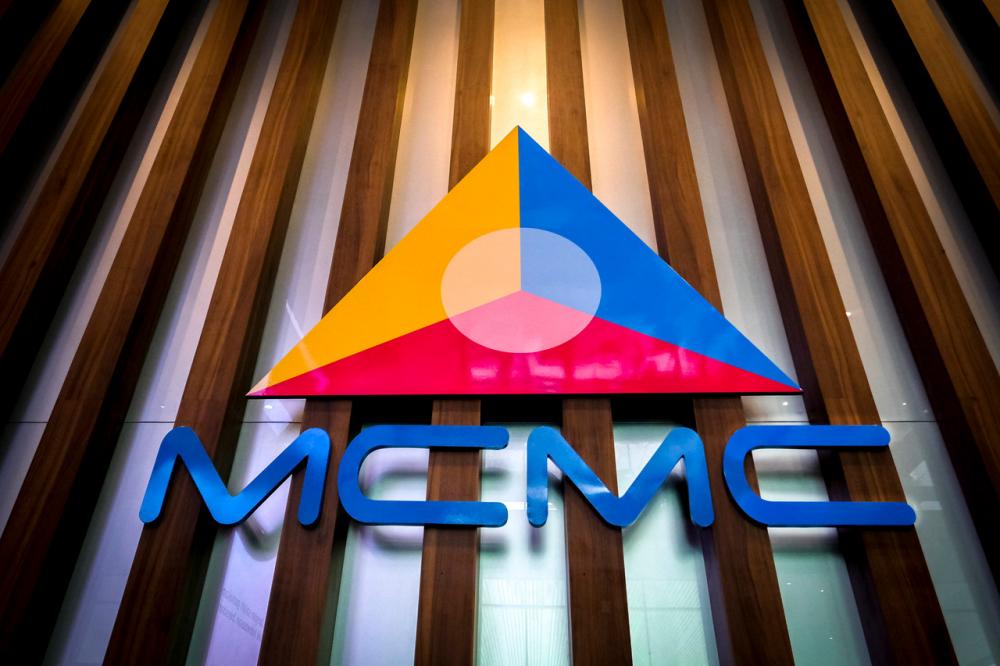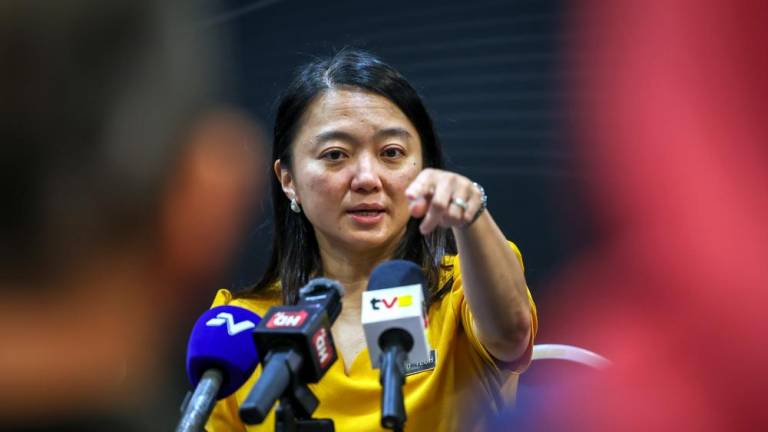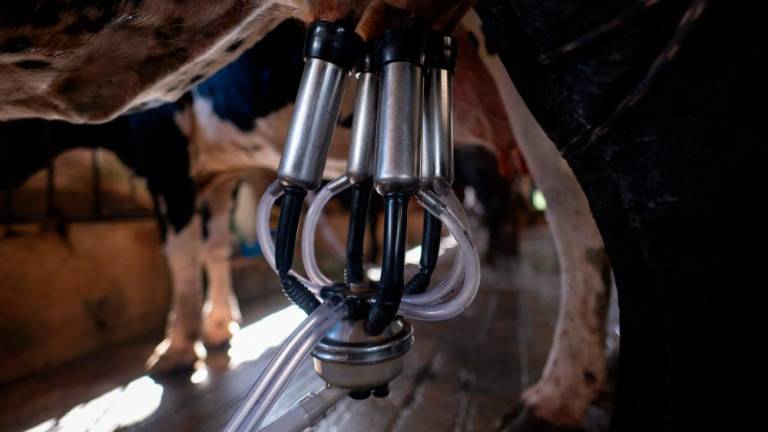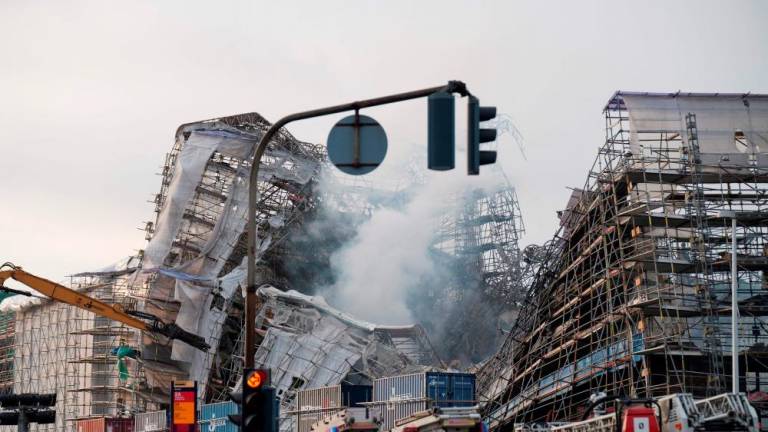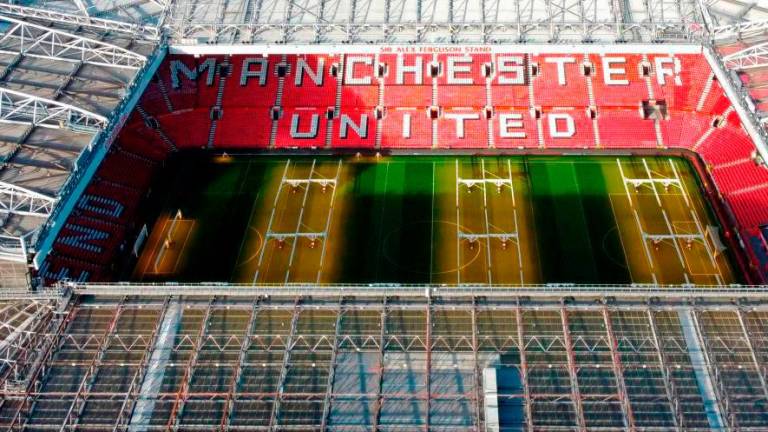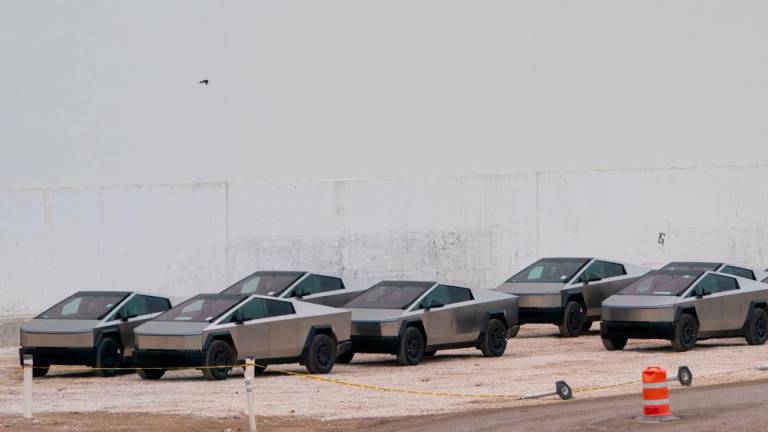KUALA LUMPUR: The Malaysian Communications and Multimedia Commission (MCMC) has outdone its initial targets for fixed fibre optic for broadband completed installation in the country by 123.1 per cent.
Chairman Dr Fadhlullah Suhaimi Abdul Malek said MCMC had committed to get 352,101 premises passed by fibre optics, but today it has achieved 433,477 premises, a 123.1 per cent accomplishment as of Dec 16, 2020.
“We continue to lay the fibre and the forecast number for the year would be 435,947 to be completed by Dec 31, 2020, an accomplishment of 123.8 per cent,” he told reporters at MCMC’s virtual media briefing for the first quarterly report on the National Digital Infrastructure Plan (Jendela).
Fadhlullah Suhaimi said there would be quarterly reports for Jendela so that the targets that have been set would be reported, as per implementation.
“The intention of such a report is to make Jendela a very transparent plan, to put enough fire in us as well as the industry to make sure whatever promise that has been made in the programme will be delivered as planned,” he said.
As for mobile-broadband, MCMC along with other telecommunication (telco) players were able to complete 746 sites deployment, an achievement of 79.4 per cent as of Dec 16, 2020.
MCMC has forecasted that along with other telco players, it will complete 875 new mobile-broadband sites deployment, a 93.1 per cent completion from the initial target of 940 sites deployment by Dec 31, 2020.
As of Dec 16, 2020, MCMC along with other telco providers, had upgraded 16,029 sites, a 98.9 per cent uptake.
MCMC as well as telco providers have outperformed themselves by achieving a forecasted 16,366 upgraded sites to be completed by Dec 31, 2020, from the initial target of 16,214, a 100.9 per cent forecasted increase, Fadhlullah Suhaimi said.
He said Jendela has national aspirations by 2025 that nine million premises passed with speeds of up to 100Mbps by adopting 5G, as well as 100 per cent 4G coverage in populated areas.
“The end target would be nine million homes would have fibre passed, as it is very important for the country to have a very wide fibre network for the future. Second, getting the 4G network right before we can move on to 5G and thereof push the mobile speeds to much higher than 100 Mbps.
“Jendela is not about 4G but preparing us for 5G and therefore in the event that we’re doing reasonably well in achieving our targets there is no reason for us to consider accelerating 5G for the country,” he said.
Fadhlullah Suhaimi said the Jendela action plan would involve constructing 940 new mobile sites in urban and suburban, upgrading 16,214 existing base stations at urban and suburban areas and fiberising 352,101 premises this year.
Meanwhile, MCMC will upgrade 4,589 existing 2G/3G base stations to 4G to expand coverage and increase the speed, sunset 3G network and migrate the spectrum for 4G technology use as well as fiberise 1,245,452 additional premises, among others.
For the year 2020 to 2022, MCMC envisions to construct 1,661 new sites across Malaysia to extend the mobile 4G coverage in rural and remote areas and fiberise 929,631 additional premises.
Fadhlullah Suhaimi said there were policy issues that MCMC had to resolve at the state and federal level, as well as to certain extent inter-agency challenges.
As for mobile-broadband shortfall sites, he mentioned factors such as improper planning and lack of execution; public protest; states’ bureaucracy; approval stage at local authority level; site acquisition hindrances as well as the Conditional Movement Control Order (CMCO) which had impacted operations.
Jendela aims to provide all Malaysians with quality access to digital connectivity nationwide and is being implemented in two phases.
Phase 1 (2020 to 2022) would involve 4G mobile coverage from 91.8 per cent to 96.9 per cent in populated area; mobile broadband speeds from 25Mbps to 35Mbps; 7.5 million premises passed and gradual retirement of 3G networks by end 2021.
Phase 2 (2022 and beyond) would include utilising fixed-wireless-access and other fit-for-purpose technologies to address further gaps in digital divide; and 5G planning and priming for infrastructure to be 5G-ready. -Bernama



